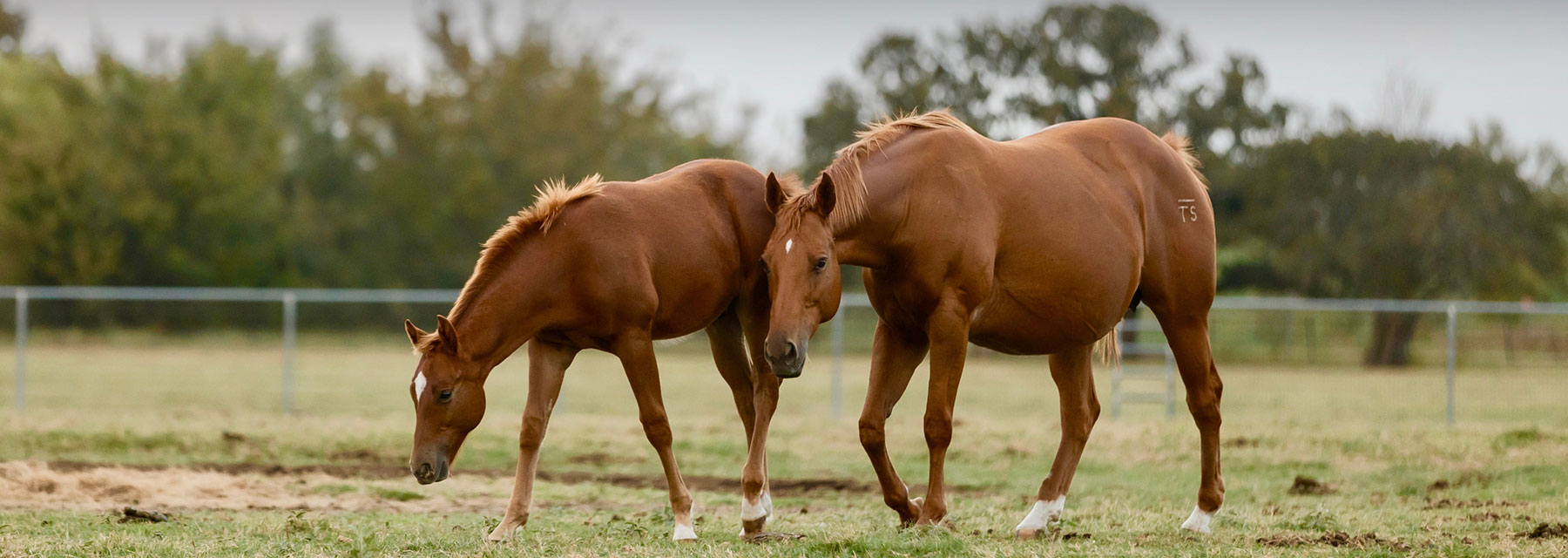With Several Powerful Biological Contributions, the Trace Mineral Iron is Often Misunderstood; Overload is More Likely to be an Issue Than a Deficiency
Like all minerals, iron is important to have in adequate amounts for the health and well-being of the horse. Iron is always supplied in plentiful amounts from the diet — a detail of equine nutrition that does not correspond neatly to human nutrition. Anemia is a common blood finding that we associate with a lack of dietary iron in humans, but this does not directly translate as a concern for our horses. There is almost never a situation that will require additional amounts of iron from the diet. In fact, an iron overload is more likely to be an issue than a deficiency. Nearly all common equine feedstuffs contain ample amounts of iron, including all grasses, hays, commercial feeds, grains, and supplements. Even water can contribute to dietary iron.
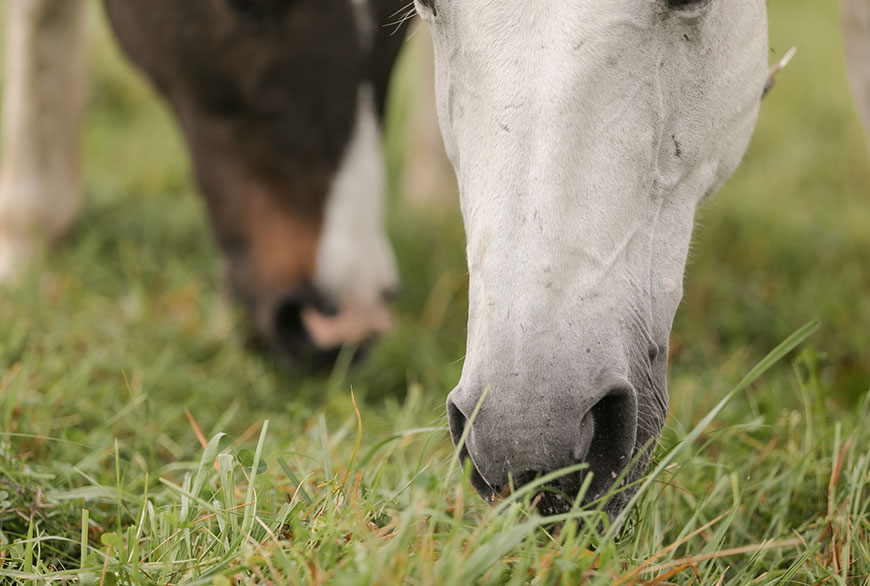
Did You Know?
Nearly all common equine feedstuffs contain ample amounts of iron, including all grasses, hays, commercial feeds, grains, and supplements. Even water can contribute to dietary iron.
Iron is a trace mineral that makes several biological contributions, including oxygen transport, cellular respiration and healthy immunity.
Just the Facts
Iron (Fe) is a trace mineral that makes several biological contributions, including oxygen transport, cellular respiration and healthy immunity. While iron is often the synonymous mineral with blood, muscles also contain a considerable amount as well as the liver and spleen. Hemoglobin, a protein in red blood cells, houses the majority — about 60 percent — of body iron stores and delivers oxygen from the lungs throughout the body that allows aerobic energy metabolism. About 20 percent is found in myoglobin, the muscle protein that stores, transports and releases oxygen-fueling energy metabolism in muscle tissue. Most of the rest of body iron is bound to two blood proteins: ferritin for storage and in transferrin for transport. Specialized immune cells, called macrophages, in the liver and spleen house iron, which is the reason for it being essential for immunity. Lastly, a small fraction of iron is present in cytochromes and several enzyme systems.
Iron metabolism in the horse utilizes a unique conservation technique to avoid iron deficiency, also known as anemia. About two-thirds of the body’s total iron is in hemoglobin, specifically in the heme molecule that carries the oxygen in red blood cells. Red blood cells are in circulation for about 150 days. When they die, the iron from the heme molecule is recycled efficiently to create new heme molecules and new red blood cells. There is very little net loss of iron.
A recently discovered regulatory hormone called hepcidin plays a key role in the uptake and distribution of iron. Iron is strictly regulated in response to intake and tissue requirements. As iron levels rise, hepcidin levels increase and are capable of reducing iron absorption, as well as “telling” macrophages to hold on to iron. While iron absorption in the small intestine is efficient even at low levels of intake, absorption decreases as intake increases. Some minerals are capable of interfering with iron absorption at high dietary concentrations including copper, zinc, manganese and cobalt.
Ironing it Out
A 500-kg (1,100-pound) horse eats 10 kg (22 lbs) of timothy hay per day with an Fe content of 250 mg/kg, so total iron consumption is 2,500 mg per day.
Horses often receive higher than required levels of iron but are still under the upper safe limit.
If a horse is on a typical diet, they will always receive enough dietary iron. This is true for performance horses, young horses, senior horses, pregnant horses — all horses.
Fe At a Glance
- Adult horse needs 400 mg per day
(the upper safe limit is 5,000 mg per day) - Forages have a wide range of ~50-500 mg/kg DM
- Grains have ~20-100 mg/kg DM
- A typical horse contains about 33 grams of iron in his body
- Most iron is found in blood, muscle, spleen and liver tissue
- Iron:Copper:Zinc:Manganese balance 4:1:2:2 to 10:1:4:4
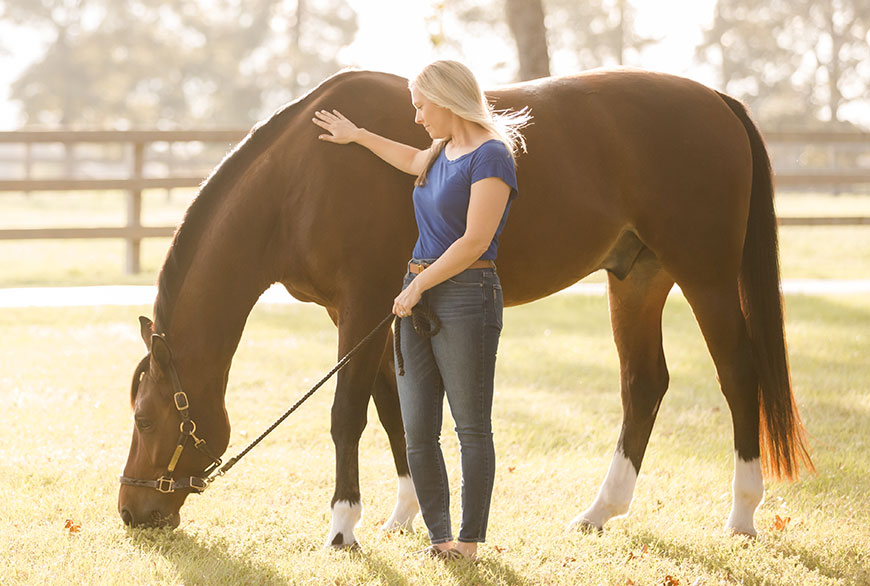
Did You Know?
There is almost never a situation that will require additional amounts of iron from the diet. In fact, an iron overload is more likely to be an issue than a deficiency.
Emily Smith of Platinum Performance and her beloved horse Inky.
PHOTO BY ELIZABETH HAY PHOTOGRAPHY
Iron in Real Life
Iron is considered a trace mineral, meaning it is required in small amounts in the equine diet. For instance, the trace minerals or microminerals needed by the horse — cobalt, copper, iodine, manganese, selenium, zinc and iron — are required in mg/kg or ppm (parts per million) rather than grams. The National Research Council (NRC) suggests a minimum recommended daily intake of 400 mg (40 mg/kg of the total diet) iron for an average size 1,100-pound horse at maintenance. For growing foals and lactating mares, this recommendation increases slightly to 500 mg per day (50 mg/kg). A typical equine diet will provide more than 100 mg/kg dry matter (DM) intake — total amount eaten — and even higher levels is common. The upper safe limit per the NRC is 500 mg/kg DM, which for an average horse consuming 10 kg (22 lbs) per day is approximately 5,000 mg of iron.
Forage-based diets will provide sufficient amounts of dietary iron, and likely, considerably more than what is required as nearly all grasses contain moderate to even high iron content dependent on the soil. Most horses take in considerably more than what is provided by the natural diet of the horse as virtually every commonly fed grain, concentrate and many supplements have iron in excess of the level required by horses. To note, most fortified and commercial feeds and supplements do not actually add iron, but rather it is naturally occurring and bound to other ingredients.
Signs of Iron Overload
Chronic iron overload is more common in adult horses and can be seen with an excessive and long-term intake of feeds that contain high amounts of iron.
Horses will show signs that include a bleached out or a reddish, rusty color coat, tail and mane. Dark manes may have red tips.
Excess iron interferes with the absorption of copper, zinc and manganese — resulting in poor hoof quality, abscesses and other hoof issues.
Pumping Iron
The natural diet of the horse contains a wide range of varying — and often elevated — Fe levels, and the majority of horses handle it without health issues. However, excess iron consumption is much more likely to be problematic than a deficiency, something that differs from humans. Iron toxicity in mature horses is rare but possible. Foals in particular are sensitive to toxic iron levels, leading to kidney and liver failure in severe cases.
Chronic iron overload is more common in adult horses and can be seen with an excessive and long-term intake of feeds that contain high amounts of iron, or the feeding of multiple feeds or supplements that provide excess amounts of the mineral. Over supplementation is more common in performance horses as iron is sometimes misaligned with energy and “blood boosting.” Horses with chronic iron overload may show signs that include a bleached out or a reddish, rusty color coat, tail and mane. Dark manes may have red tips. Excess iron interferes with the absorption of copper, zinc and manganese — resulting in poor hoof quality, abscesses and other hoof issues. It is recommended to keep dietary iron and copper balanced as Fe:Cu in the 4:1 to 10:1 range. Joint pain, arthritis and fatigue have also been correlated to long-term excessive iron. Chronic, high levels of iron can also impair immunity and predispose horses to infection.
In humans, studies show solid links between obesity or metabolic syndrome, inflammation and iron metabolism. Chronic iron overload has been shown to increase insulin resistance in people. Equine research is showing similar results as high insulin levels of horses with Equine Metabolic Syndrome are often associated with iron overload. As has been shown in other species too, iron status may be a predictor as well as a consequence of insulin resistance. Elevated levels of insulin increase iron absorption, which is difficult to stop without removing supplemental iron.
Testing for iron levels is necessary but not exactly routine as serum iron will show the dietary iron level but transferrin levels are also needed to know how much iron is being stored. And lastly, a ferritin test will tell the body’s total iron content. If a horse has high iron levels that need to be addressed, veterinarians may use a blood-letting method. Although it sounds archaic, blood draws can reduce body iron as red blood cells are removed from the horse, and stored iron is used to replace the lost red blood cells. Paying attention to dietary iron may be especially useful for horses with immune issues, metabolic conditions or laminitis. Total dietary iron may be lowered by providing a forage-only diet with pasture and hays tested for iron levels.
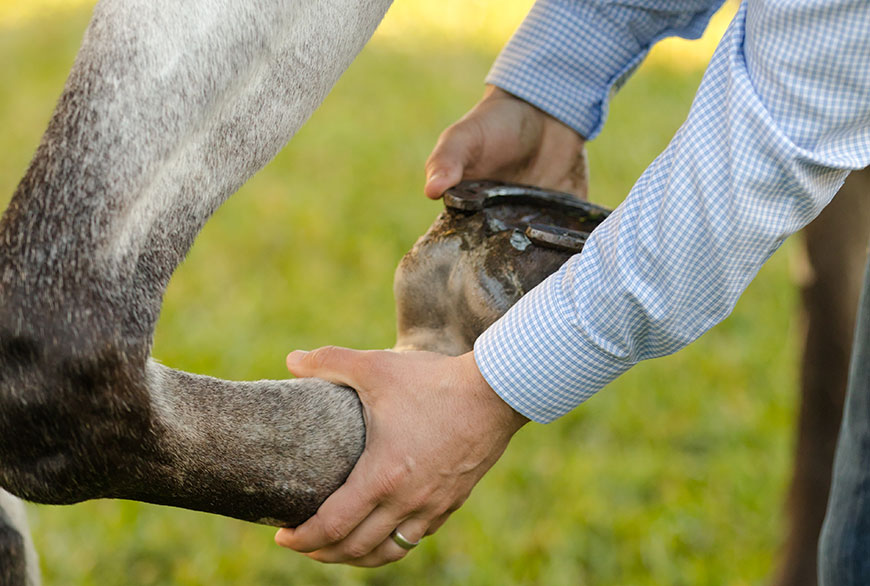
Excess iron interferes with the absorption of copper, zinc and manganese — resulting in poor hoof quality, abscesses and other hoof issues. It is recommended to keep dietary iron and copper balanced as Fe:Cu in the 4:1 to 10:1 range.
PHOTO BY ELIZABETH HAY PHOTOGRAPHY
Iron FAQs
When Should I Feed Extra Iron?
Never! The most common reason for supplementation of iron is to enhance exercise or to use as a “blood builder” to increase oxygenation and athletic performance. Research has shown that supplementing with iron or iron-boosting supplements has proven ineffective in increasing hemoglobin or the oxygen carrying capacity of red blood cells. Adding iron will not increase the number of red blood cells or increase oxygen to muscles. Contrary to popular belief, the over supplementation of iron, rather than a lack of iron, from the diet is more likely to cause health issues than increase performance capabilities. Adding iron to an equine diet is likely to cause mineral imbalances that can lead to oxidative stress, may contribute to insulin resistance and potentially lead to organ failure in severe cases.
If a horse is on a typical diet, they will always receive enough dietary iron. This is true for performance horses, young horses, senior horses, pregnant horses — all horses.
Why is Iron Added to Anything Then?
A guaranteed analysis may show that iron is in a product even if it is not actually an added ingredient — this is intrinsic or naturally-occurring iron. Iron is found in all plant materials and sometimes bound to other minerals, so it can be impossible to completely eliminate iron in so many feeds or supplements that contain minerals.
In some cases, iron actually is added and should be avoided. Ingredients such as iron oxide, ferrous fumarate, ferrous sulfate and ferrous gluconate may suggest iron was added.
Lastly, some salt blocks may appear reddish or pinkish-brown in color because of added iron. Plain, white salt is the best option for horses to satisfy salt requirements.
Why Does My Horse Have Anemia?
There has never been a documented case of dietary iron deficiency in an adult horse. Anemia in mature horses is never caused by insufficient dietary iron. Iron deficiency is not a practical problem in foals that have access to soil. However, young, milk-fed foals may be the only group susceptible to true dietary anemia.
More likely, it is actually a matter of too much iron from the diet causing secondary deficiencies by preventing the absorption of zinc, copper or inadequate B vitamins — folic acid, B6 or B12 — which are necessary for healthy red blood cells. Balancing the diet may help to correct some of these mineral imbalances and may help to level out blood levels.
Is There Really Ever a Reason to Add Iron?
Under veterinary guidance only, iron supplementation may be suggested in some extreme cases. Significant internal bleeding from ulcers, a horse kicked in the spleen, heavy parasite infestation or significant blood loss may warrant iron supplementation or infusion. However, before beginning supplementation, test the blood. As a storage protein, testing ferritin levels is a good way to assess iron status in the horse. If ferritin is low, it likely indicates true anemia.

by Emily Smith, MS,
Platinum Performance®
You May Also Like
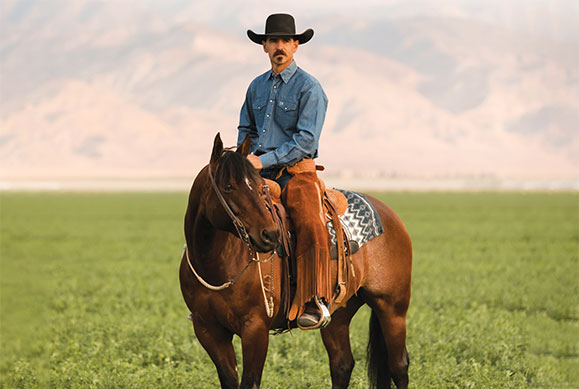
The ABCs of Horse Vitamins and Their Vital Role in Equine Health
Incredibly relevant to your horse’s health, potency of vitamins decreases with storage time of forage and feeds.
Read More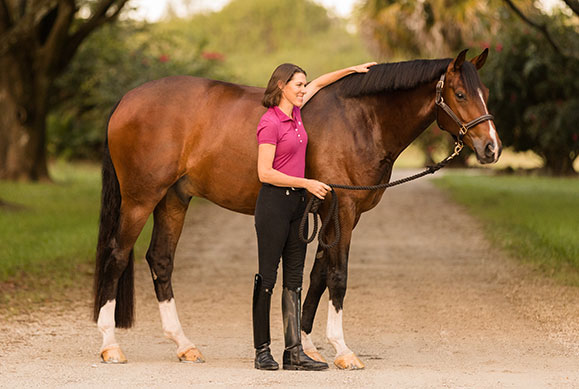
Mighty Magnesium: Why Supplementation May Help
Critical for the normal functioning of the musculoskeletal system, nervous and endocrine systems and brain function.
Read More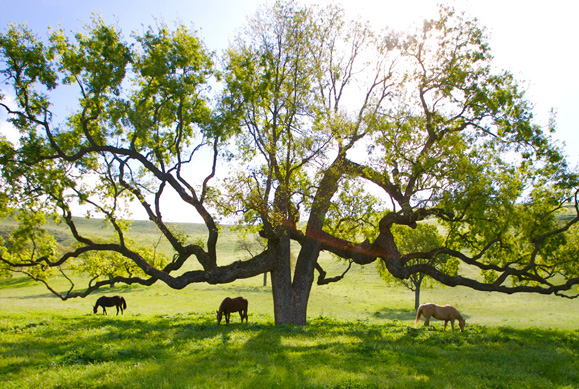
Nature Knows Best
The modern diet vs. the natural diet and the right balance of omega-3 fatty acids.
Read More